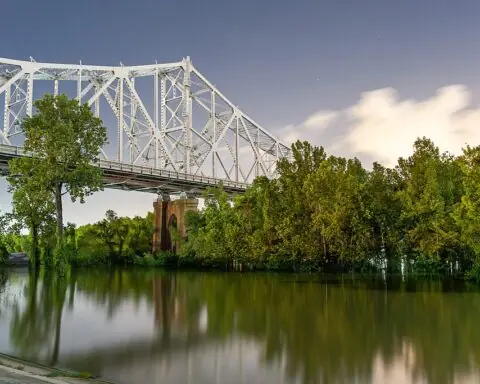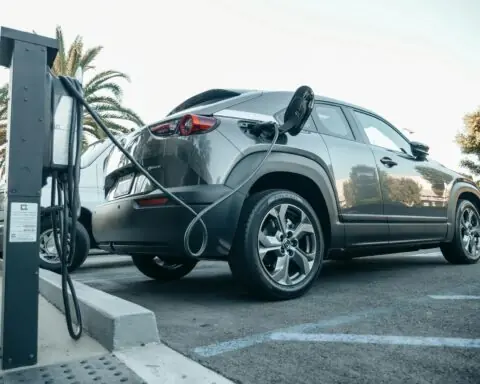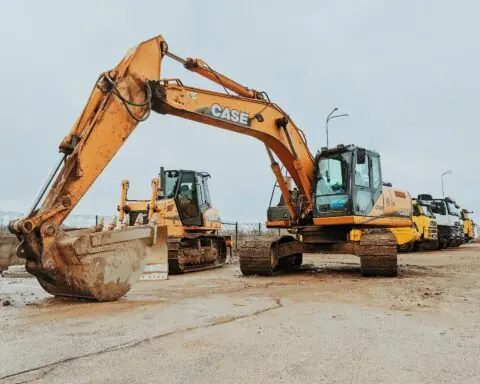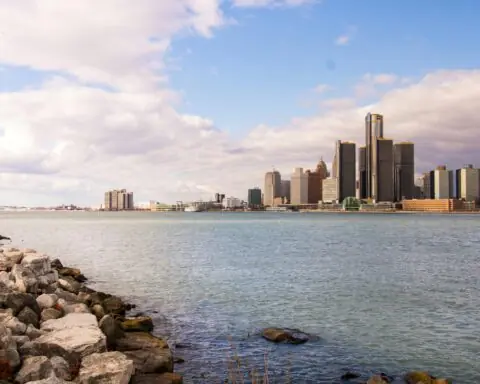After implementing sweeping improvements over the past four years, Ohio has earned its highest ever infrastructure grade – an average “C” across 17 categories.
The grade is a step up from the state’s previous “C-” evaluation recorded in the American Society of Civil Engineer’s (ASCE) 2021 infrastructure report card. Ohio’s infrastructure investments have allowed it to remain competitive with other states, maintaining the same score as the national infrastructure average.
Out of the 17 categories evaluated by the ASCE, Ohio saw improvements across six and lower scores in four. In addition, the ASCE added Aviation as a new category in the 2025 report. The state’s grades, ordered highest to lowest, are as follows:
- Rail, Solid Waste – B-.
- Bridges, Ports, Public Parks – C+.
- Schools – C.
- Aviation, Dams, Energy, Hazardous Waste, Levees, Transit, Wastewater – C-.
- Drinking Water, Stormwater, Roads – D+.
- Inland Waterways – D.
While the state’s rail infrastructure represents one of its best categories, the score still dropped from its original “B” grade due to derailment and environmental accidents. Ohio’s rail system continues to play a crucial role in the state’s economy, transporting nearly 114 million tons of freight annually across more than 5,000 miles of tracks.
The solid waste category shares the top slot with a “B-” grade, making Ohio a national leader in waste disposal, recycling and recovery. The state relies on 37 landfills, with enough capacity to operate for another 32 years and contain more than 823 tons of waste.
While the state has seen improvements in the hazardous waste, levees, ports, public parks, roads and transit categories, its lowest grades need concerted effort to meet the national average. The inland waterway category saw its ranking drop to a “D.” Although these routes are integral to trade and transport, most of the structures are well beyond their design life. Major efforts to improve waterborne transportation were last in 2018 after Ohio installed the modern 19-lock and dam system.
Water quality represents another chief concern in ASCE’s report, with the state’s drinking water sitting at a “D+” and wastewater at a “C-.” These systems are aging with infrastructure more than five decades old, resulting in frequent water main breaks due to system stress from the dense population, extreme weather events and industrial activity. Ohio will need to invest around $16 billion to meet water quality needs, according to ASCE estimates.
Road conditions are on par with the national average at a “D+,” but the state has made improvements to transportation infrastructure in recent years. Currently, 71.5% of interstate highways and 59% of bridges are in good condition, with Ohio planning to rehabilitate or replace all bridges that are 75 years or older by 2050. Additionally, the state dedicated $3.74 billion in 2023 to improve road conditions, supporting large scale projects like the Brent Spence Companion Bridge.
Photo by Chris F from Pexels













